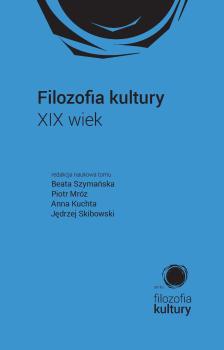Koncepcja sztuki Johna Ruskina wobec rozważań estetycznych Marcela Prousta .......... 701
Synopsis
JOHN RUSKIN’S CONCEPT OF ART VERSUS MARCEL PROUST’S THEORY OF AESTHETICS
The article presents the concept of John Ruskin’s art (1819–1900); in the background, the aesthetic considerations of Marcel Proust who draws inspiration from the Englishman in the genesis of art and the ethos of the artist. The concept of Ruskin’s art arises from two sources – a fascination with nature and an admiration for God; it combines realism and intellectualism. Perceived beauty (typical beauty) concerns a specific, seemingly trivial object. However, the object includes principles of the whole of Creation (theophany). The perception of authentic beauty is related to the recognition of God’s creative ideas in the object. The artist’s ethos rests on the talent for and effort put into carefully observing reality. The creative process is essentially connected with contemplation and necessitates an effort to transpose the experienced beauty into the art piece (vital beauty). The ideal artist is the medieval builder of gothic cathedrals, as opposed to the renaissance or romantic concept.





